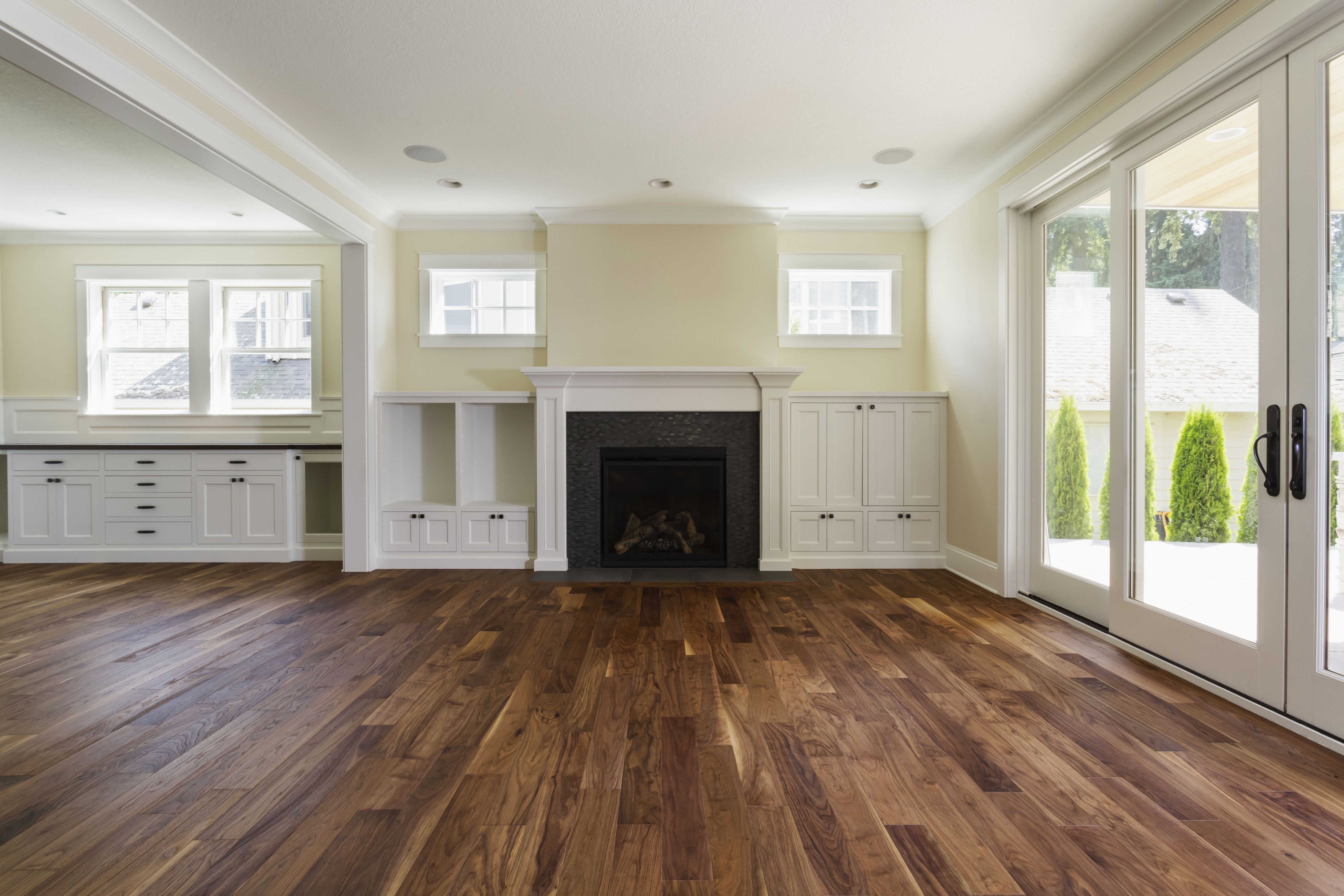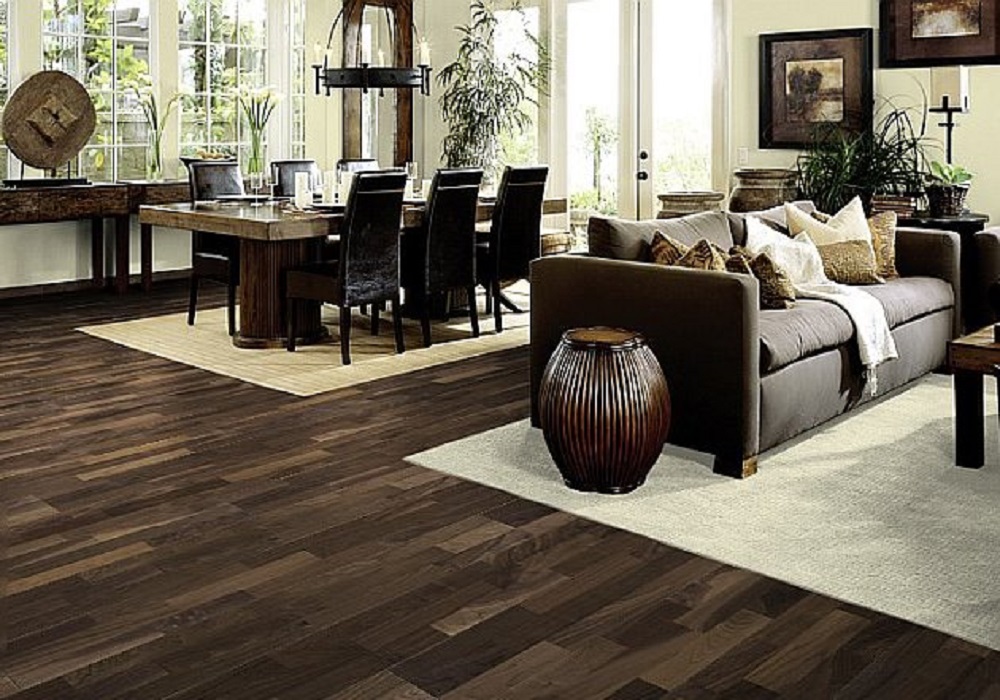George Washington Toma For Transitional Living Room With Hardwood Flooring 2025 Design
By Anya Sharma, Architectural Digest Contributor
In the realm of sports and entertainment, few names are as synonymous with perfection as George Washington Toma, affectionately known as "The Sodfather." His meticulous artistry in crafting pristine playing fields has captivated audiences for decades. However, beyond the stadium lights and cheering crowds, Toma’s principles of balance, harmony, and an unwavering commitment to quality offer invaluable insights for interior design, particularly in the context of transitional living rooms featuring hardwood flooring, as we look toward 2025.
Transitional design, by its very nature, seeks to bridge the gap between traditional and contemporary styles. It’s an artful blend of comfort and sophistication, where classic elements meet modern sensibilities. This approach resonates deeply with Toma’s philosophy, which prioritizes a seamless integration of functionality and aesthetics. In this article, we explore how Toma’s influence can guide us in creating transitional living rooms that are not only visually stunning but also exude warmth, livability, and enduring appeal.
The Toma Principles: A Foundation for Timeless Design
To understand Toma’s impact on transitional living room design, it’s crucial to grasp the core principles that underpin his work:
Balance and Harmony: Toma’s fields are renowned for their impeccable balance. No blade of grass is out of place, and every element contributes to a cohesive whole. In a transitional living room, this translates to a careful consideration of scale, proportion, and color. Hardwood flooring, as a foundational element, should harmonize with the furniture, lighting, and accessories.

VIEW PRODUCT ADD TO CARTQuality and Craftsmanship: Toma’s commitment to using the finest materials and employing meticulous techniques is legendary. He understands that lasting beauty is rooted in quality. Similarly, a transitional living room should feature high-quality hardwood flooring, well-crafted furniture, and durable textiles that stand the test of time.
Functionality and Comfort: While aesthetics are important, Toma never loses sight of the practical purpose of his fields. They must be safe, playable, and conducive to peak performance. In a living room, functionality is paramount. The space should be comfortable, inviting, and adaptable to the needs of its occupants.
Adaptability and Innovation: Toma is not one to rest on his laurels. He constantly seeks new ways to improve his craft, embracing innovation while staying true to his core principles. In the world of interior design, this means being open to new materials, technologies, and design trends, while preserving the essence of transitional style.
Hardwood Flooring: The Cornerstone of a Toma-Inspired Living Room
Hardwood flooring serves as the ideal canvas for a transitional living room. Its natural warmth, durability, and timeless appeal make it a perfect foundation for layering other design elements. Here’s how to select and style hardwood flooring in a Toma-inspired transitional living room:
Wood Species and Finishes:
- Classic Choices: Oak and maple remain popular choices for their versatility and durability. Opt for medium-toned stains that highlight the natural grain of the wood.
- Contemporary Twists: Consider wider planks or matte finishes for a more modern feel. Gray-toned hardwoods can also add a touch of sophistication.
- Sustainable Options: Bamboo and reclaimed wood are eco-friendly alternatives that offer unique textures and visual interest.

VIEW PRODUCT ADD TO CARTLayout and Pattern:
- Straight Lay: The most common and cost-effective layout, straight lay creates a clean and uniform look.
- Diagonal Lay: Adds visual interest and can make a small room appear larger.
- Herringbone or Chevron: These patterns are more intricate and can elevate the overall design, but they also require more skill and precision to install.
Area Rugs:
- Defining Zones: Use area rugs to define seating areas, create focal points, and add warmth and texture to the space.
- Pattern and Color: Choose rugs with subtle patterns or muted colors that complement the hardwood flooring and other furnishings.
- Material Matters: Wool, silk, and jute are excellent choices for their durability, softness, and natural beauty.
Furnishing and Decorating: Layering Comfort and Style
With hardwood flooring as the foundation, it’s time to layer in furniture, lighting, and accessories that reflect Toma’s principles of balance, quality, and functionality:
Furniture:
- Classic Silhouettes: Incorporate classic furniture pieces with clean lines and tailored upholstery. Sofas and chairs with rolled arms or tufted details can add a touch of traditional elegance.
- Modern Accents: Balance traditional pieces with modern accents, such as sleek coffee tables, minimalist shelving, or sculptural armchairs.
- Comfort and Function: Prioritize comfort and functionality. Choose furniture that is both stylish and practical for everyday living.
Lighting:
- Layered Illumination: Create a layered lighting scheme that combines ambient, task, and accent lighting.
- Statement Fixtures: Incorporate a statement chandelier or pendant light to add visual interest and drama to the space.
- Warm Tones: Use warm-toned light bulbs to create a cozy and inviting atmosphere.
Accessories:
- Textural Elements: Add texture and visual interest with throw pillows, blankets, and decorative objects.
- Natural Materials: Incorporate natural materials such as wood, stone, and metal to create a sense of warmth and authenticity.
- Personal Touches: Display artwork, photographs, and personal mementos that reflect your individual style and interests.
Color Palette: Creating a Harmonious Ambiance
The color palette plays a crucial role in creating a harmonious and inviting living room. Toma’s fields are known for their lush green hues, which evoke feelings of tranquility and vitality. In a transitional living room, consider a color palette that incorporates:
- Neutral Base: Start with a neutral base of warm whites, soft grays, or earthy beiges. These colors provide a calming backdrop for layering other hues.
- Accent Colors: Introduce accent colors through furniture, accessories, and artwork. Blues, greens, and browns are excellent choices for creating a sense of natural harmony.
- Metallic Accents: Add touches of gold, silver, or bronze to create a sense of luxury and sophistication.
Embracing Technology: The 2025 Perspective
As we look ahead to 2025, technology will continue to play an increasingly important role in interior design. Here’s how to incorporate technology seamlessly into a Toma-inspired transitional living room:
- Smart Lighting: Use smart lighting systems to control the ambiance and energy efficiency of the room.
- Integrated Entertainment: Conceal entertainment systems behind custom cabinetry or use discreet, high-quality speakers.
- Voice Control: Integrate voice control technology to manage lighting, temperature, and entertainment systems.
Sustainability: A Core Value for the Future
Sustainability is no longer a trend but a core value that should inform every design decision. In a Toma-inspired transitional living room, consider:
- Sustainable Materials: Choose hardwood flooring, furniture, and accessories made from sustainable materials such as bamboo, reclaimed wood, and organic cotton.
- Energy Efficiency: Use energy-efficient lighting, appliances, and insulation to reduce your carbon footprint.
- Upcycling and Repurposing: Incorporate vintage or repurposed items to add character and reduce waste.
Conclusion: A Timeless Vision for the Future
George Washington Toma’s influence extends far beyond the realm of sports. His principles of balance, quality, functionality, and adaptability offer a timeless vision for interior design, particularly in the context of transitional living rooms with hardwood flooring. By embracing these principles and incorporating the latest trends in technology and sustainability, we can create living spaces that are not only visually stunning but also comfortable, livable, and enduring. As we move towards 2025, let us draw inspiration from "The Sodfather" and create living rooms that reflect his unwavering commitment to excellence.



